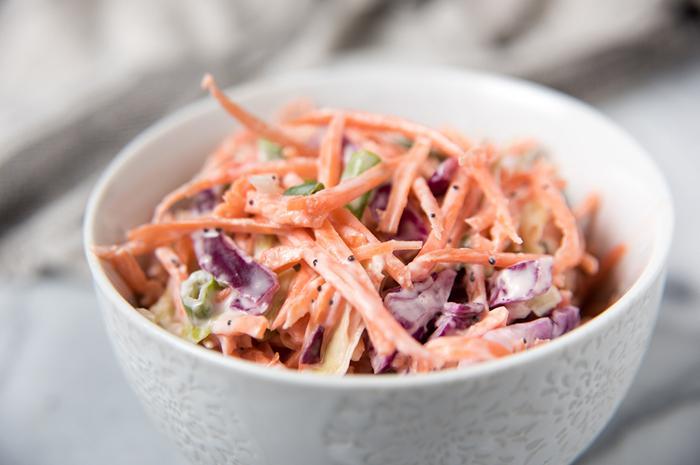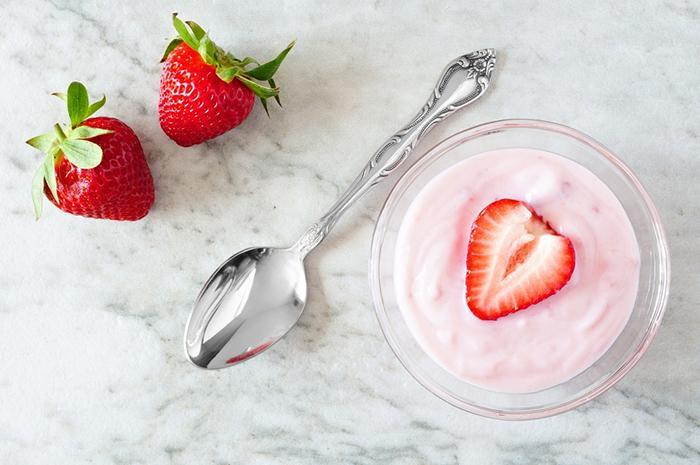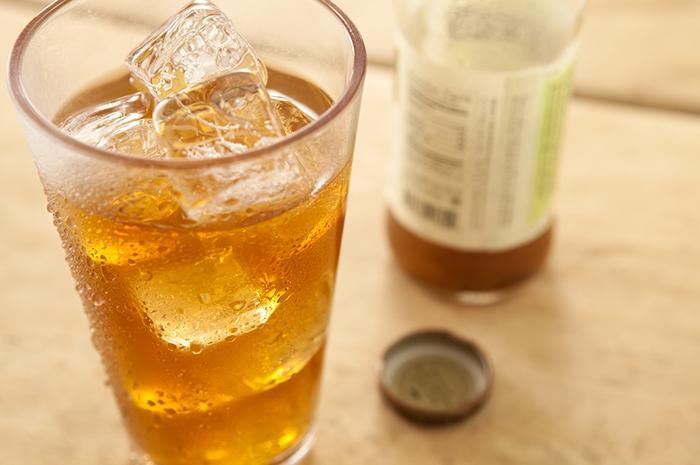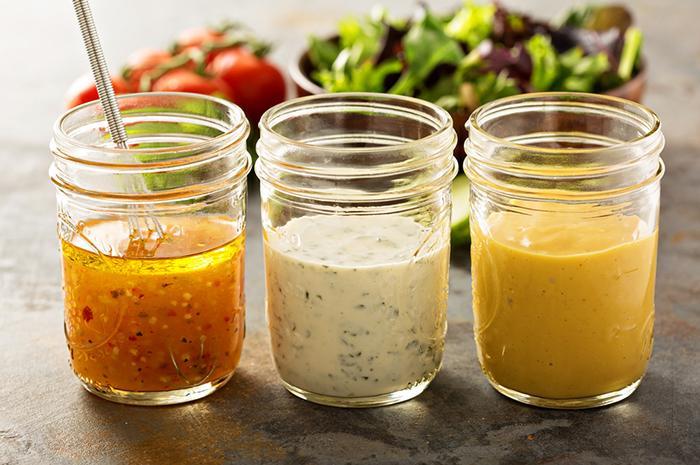
People are used to learning about food products, whether heavily processed or not, containing completely unfamiliar ingredients. “With our current food industry the way it is, I’ve come to expect it and have learned to become an avid label and ingredient list reader,” Sadie Welld, RD, LDN, CPT, says.
Many products on the shelves today labeled as a "food product" aren't really "food,” Cristina Panagopoulos, AFPA Nutrition and Wellness Consultant, says. “There are many things inside of these products and packages that make them completely processed, even if it’s just to preserve it’s shelf life.”
But the nutrition facts label provides only a small fraction of information. You really have to read the actual ingredients to know exactly what is in the food or product.
Most names for sugar will be listed as some kind of “sugar,” “syrup,” or end in “–ose,” there are some less common terms such as molasses, barley malt, and maltodextrin that we don’t tend to associate with sugars/sweeteners, Wells says.
Other names include rice syrup, apple or grape juice concentrate, invert sugars, evaporated corn sweetener, sugar cane juice, fruit nectar, according to Susan Engle, MOE, RDN, LD, CLT, says.
Added sugars are added to the food or product as ingredients, which means they don’t naturally occur in the food. “For example, a 5.3 ounce serving of plain yogurt has approximately 10 grams of naturally occurring milk sugar (lactose), whereas the same serving of flavored yogurt has approximately 22 grams of sugar,” Wells says. Therefore, an additional 12 grams of sugar was “added” to the yogurt.
Some ingredients that contain sugar are honey, molasses, concentrates (think fruit juices), Wells says. “Probably the most widely used food additive is maltodextrin, a derivative from corn or sometimes wheat.” It is commonly used in sodas and candy, beer, light peanut butter, and can be used as a thickener in infant formulas or as filler in a variety of other products, she adds.
How much sugar is too much is based on individual basis. People have various caloric requirements, and the carbohydrate and sugar content, to some degree, will vary based upon their own requirements, health or exercise goals, Wells says.
“There is no doubt that Americans do eat too much sugar,” Engle says. The average person consumes about 19.5 teaspoons (78 grams) of sugar per day, which is about 2-3 times the suggested amount, Wells adds.
The American Heart Association advises a limit of 6 teaspoons (24 grams) for women and 9 teaspoons (36 grams) for men from added sugars. Based upon these guidelines, Wells recommends limiting added sugars to 8 or 12 grams for women and men, respectively, per meal.

Coleslaw salad
The problem here is that you simply don’t know how much sugar is added and how much of it is natural, Susan Engle, MOE, RDN, LD, CLT, says. “Sugar is a preservative that manufacturers use to make food taste better.” People tend to love a sweet—sour taste, which is another reason why processed sugar is added, she adds. Just one cup of coleslaw salad contains 23 grams of sugar, according to USDA.

Yogurt
The one exception would be plain yogurt, both Wells and Engle say. While yogurt is a good source of probiotics, most, if not all, are loaded with sugar, artificial sweeteners, harmful fillers, and yeast which are “three things you need to avoid like the plague,” Dr Darryl Gioffre, Founder of Alkamind and celebrity nutritionist, says. Just a small 8-ounce serving of the sweet dessert can have as many as 47 grams of sugar. And some varieties contain 30 grams of sugar in a 6-ounce cup.

Bottle iced teas
In general, many teas are filled with sugar, Panagopoulos says. “It's better to have sugar earlier in the day if you are going to have it. Your body will break it down and use it for energy for your day rather than storing it at night (turns into fat),” Panagopoulos says. Unsweetened ice teas may not be too bad, Wells adds.

Instant oatmeal
Oatmeal is typically seen as one of the healthiest breakfast choices you can make—but it all depends on the type of oatmeal you’re eating. While some is heart healthy and has been shown to help with weight loss, other kinds are loaded with artificial flavoring and added sugar, mostly because of the flavors, Panagopoulos says. (Quaker Instant Oatmeal Maple and Brown Sugar has 12 grams of sugar). “Unflavored oatmeal is best,” she adds.

Dressings
“There are added sugars in most dressings,” Panagopoulos says. They make salads taste so much better but they also turn them from a healthy meal to the worst diet offender. Pay special attention to the dressings labeled “light”—when they reduce the fat, they often replace it with sugar. Some popular dressings, like French and Thousand Island, contain 2.4 grams per tablespoon. “Stick with vinegar and oil,” she adds.